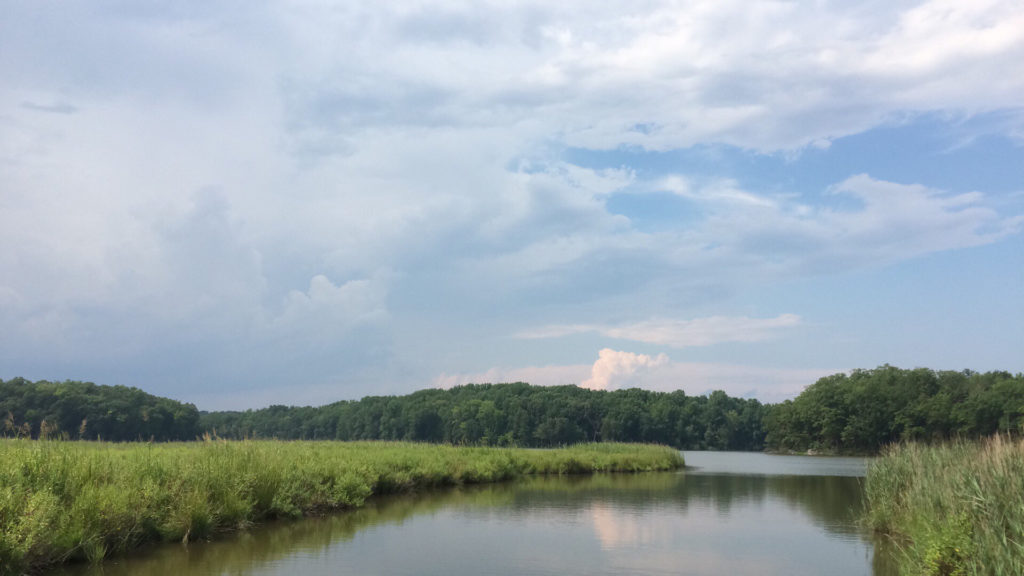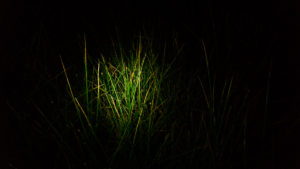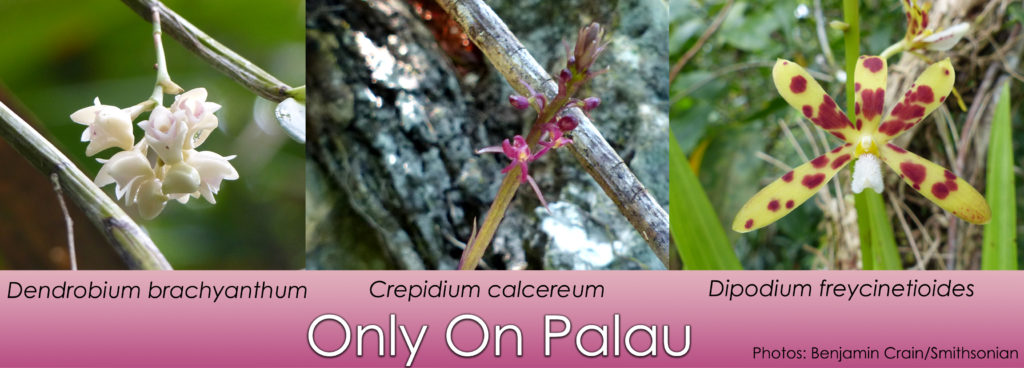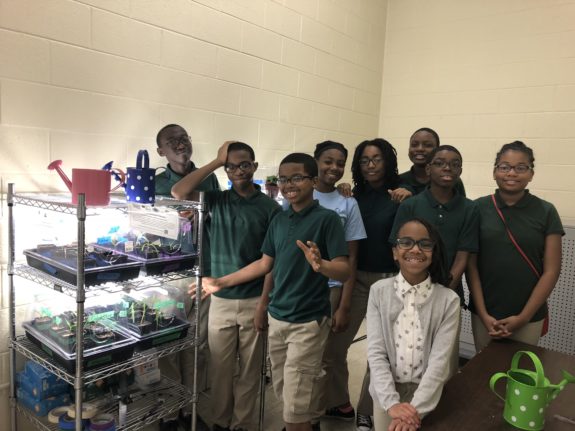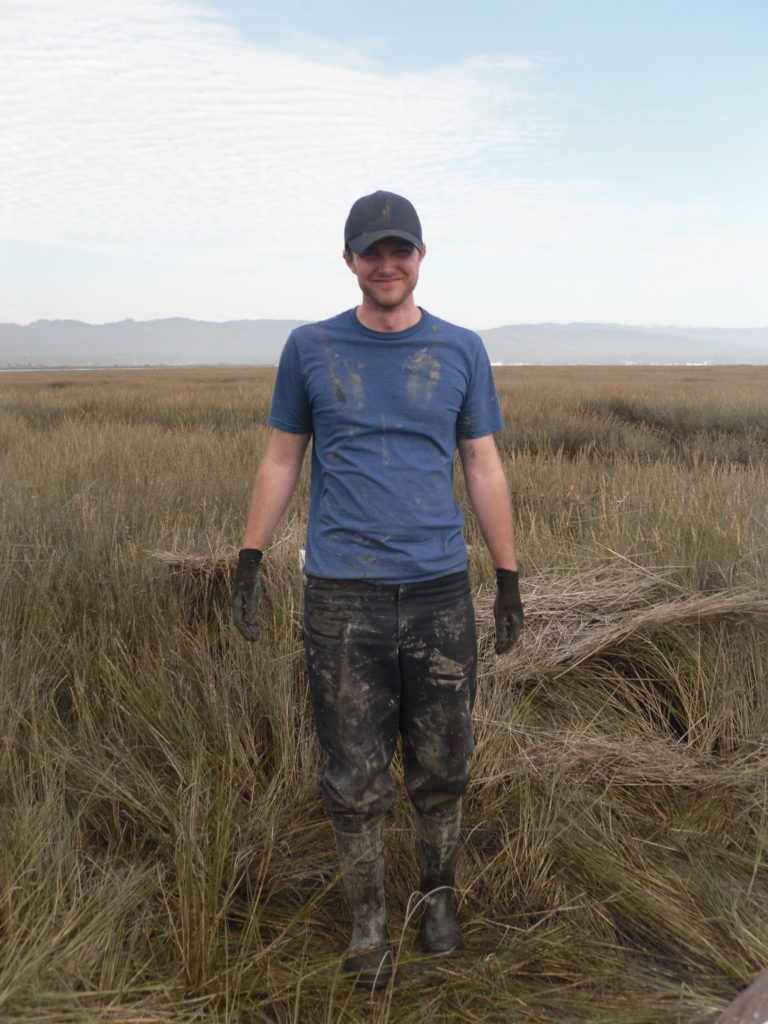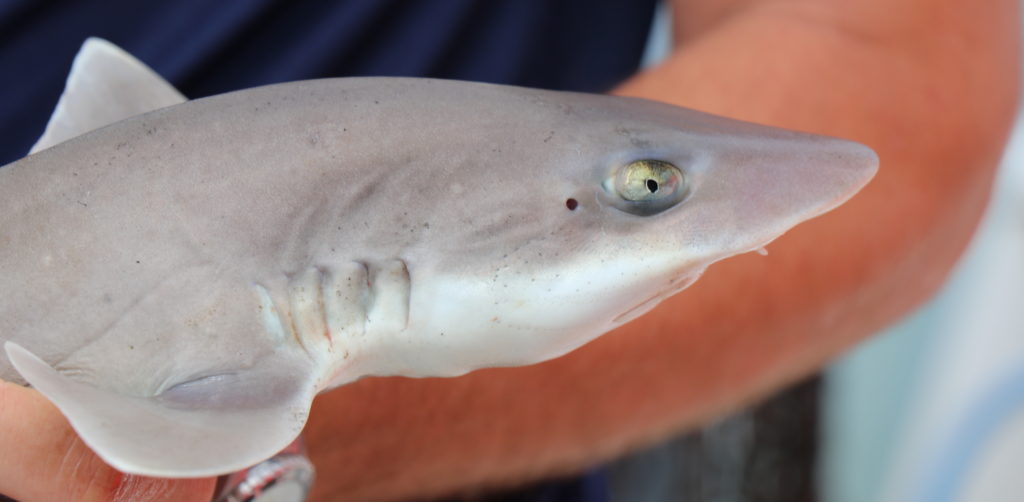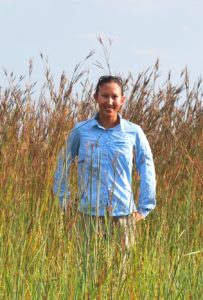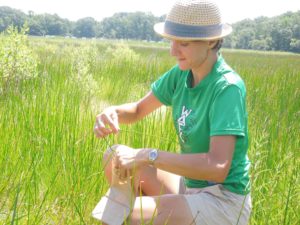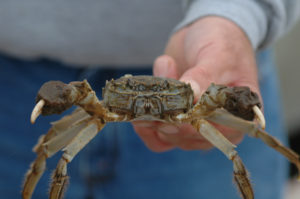
A Chinese mitten crab found in Chesapeake Beach, Md., in 2007. Chinese mitten crabs are most recognizable by their brown, spiny shells and furry “mittened” claws. (Credit: SERC)
by Kristen Minogue
An army of invading crabs has disappeared. But scientists are skeptical about whether they’re gone for good, or just hiding. As warmer temps lure people onto the water, Smithsonian scientists are asking boaters to report any sightings of the elusive Chinese mitten crab.
In 1992, a team of fishermen unexpectedly caught a Chinese mitten crab while trawling for shrimp in southern San Francisco Bay. From there, sightings of the brown, furry-clawed crustaceans exploded. In 1998, nearly three quarters of a million appeared in the North Bay alone. The mitten crabs threatened to collapse river banks with their burrows and made fishing nearly impossible in some places, as they clogged gear, stole bait or ate trapped fish.
“It was spectacularly abundant. A true outbreak,” said Greg Ruiz, a biologist with the Smithsonian Environmental Research Center (SERC). “And it clogged the water intakes. Water is the economy in California.”
Mitten crab numbers remained high through 2005. And then they vanished. Chinese mitten crabs haven’t been seen in California since 2010. Click to continue »
